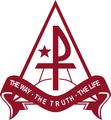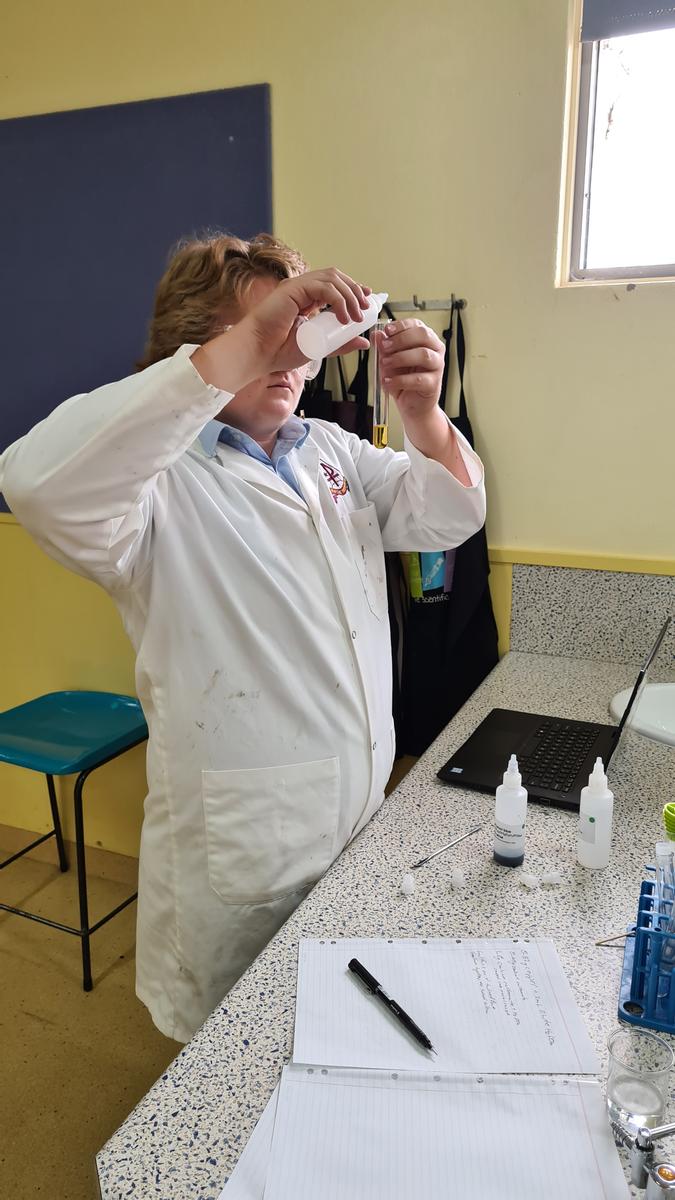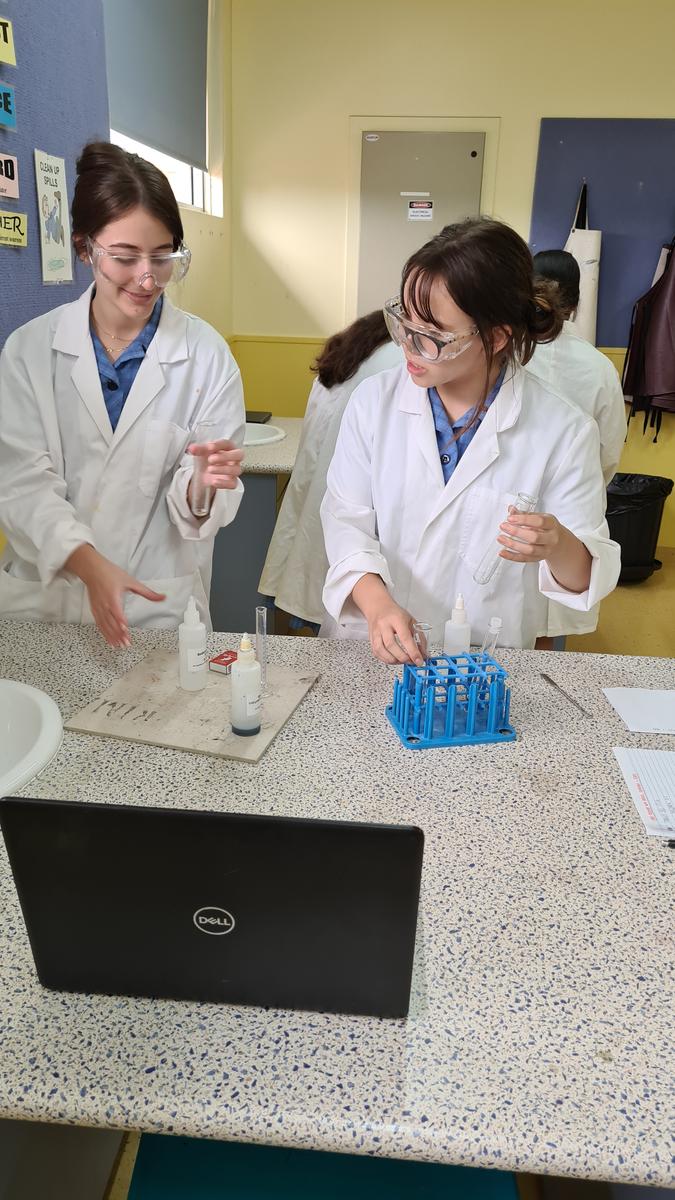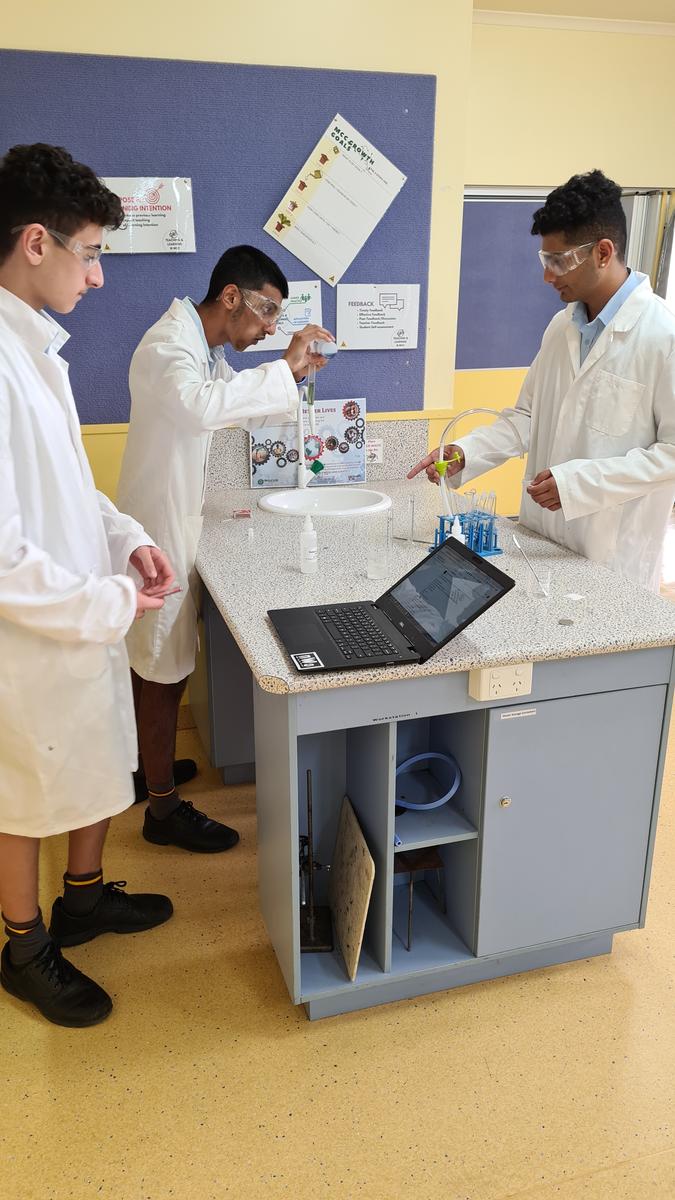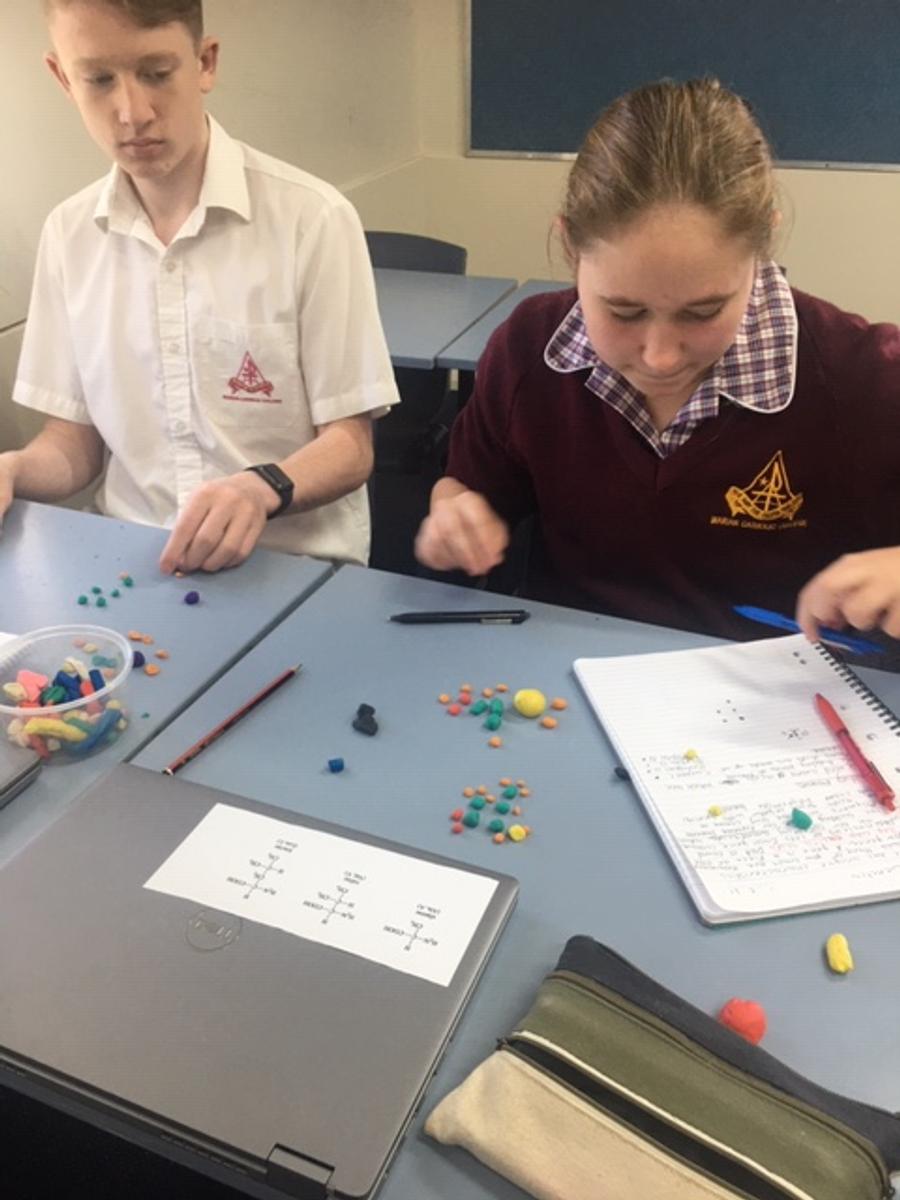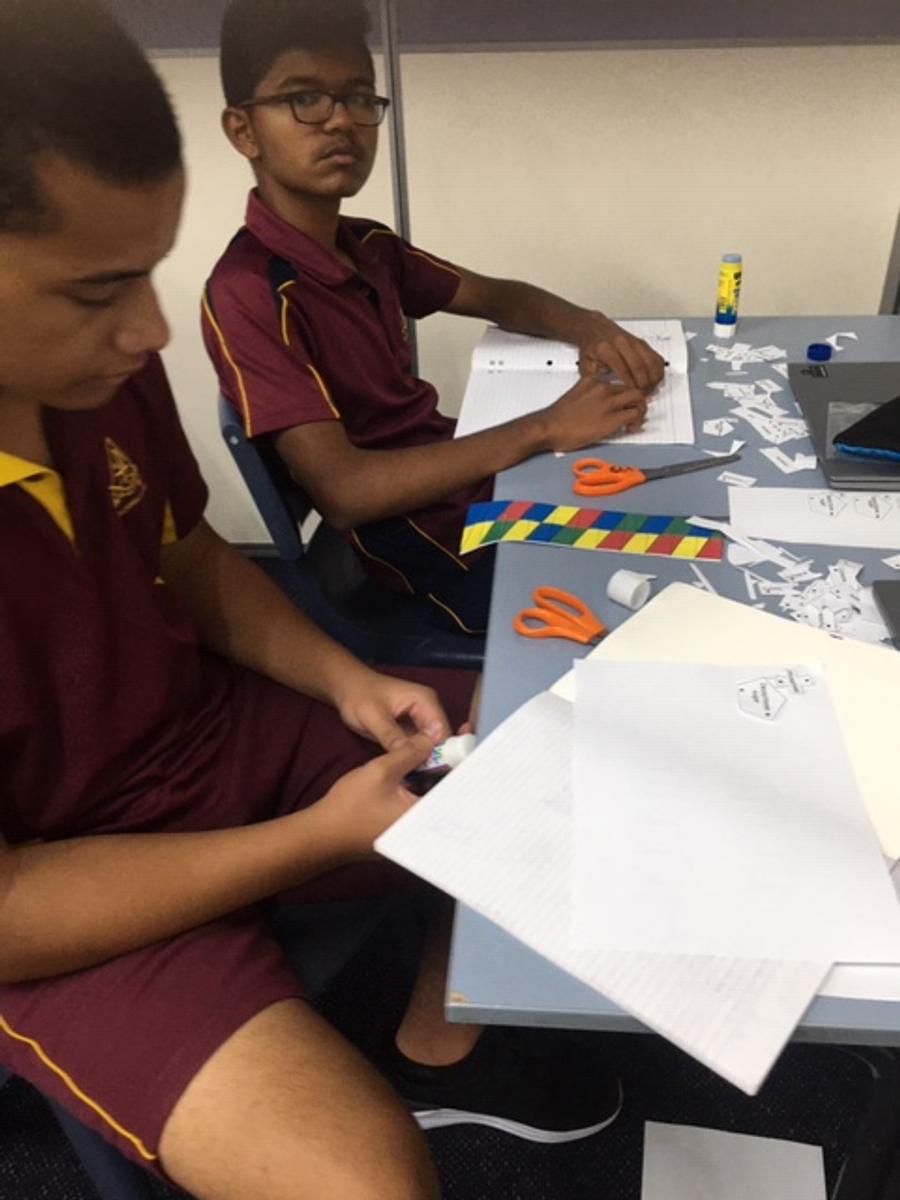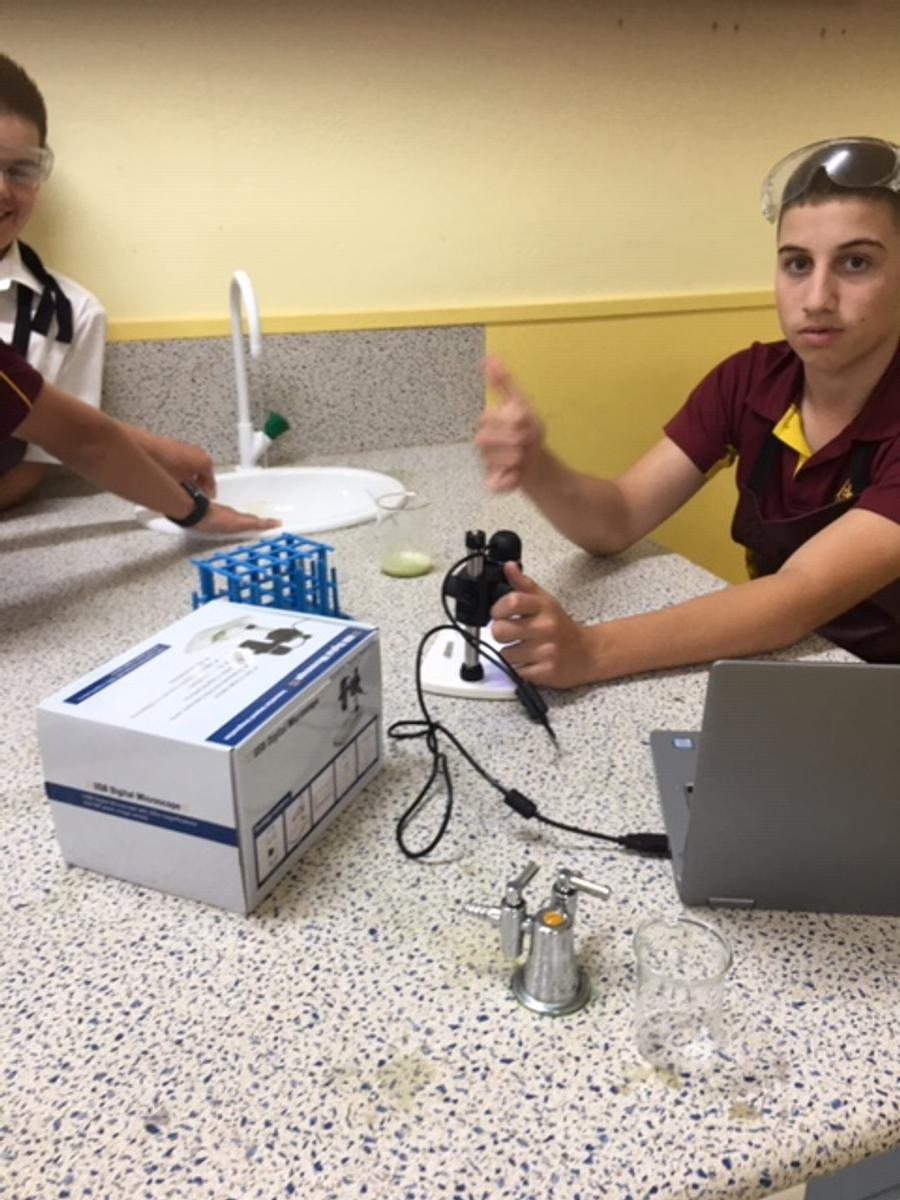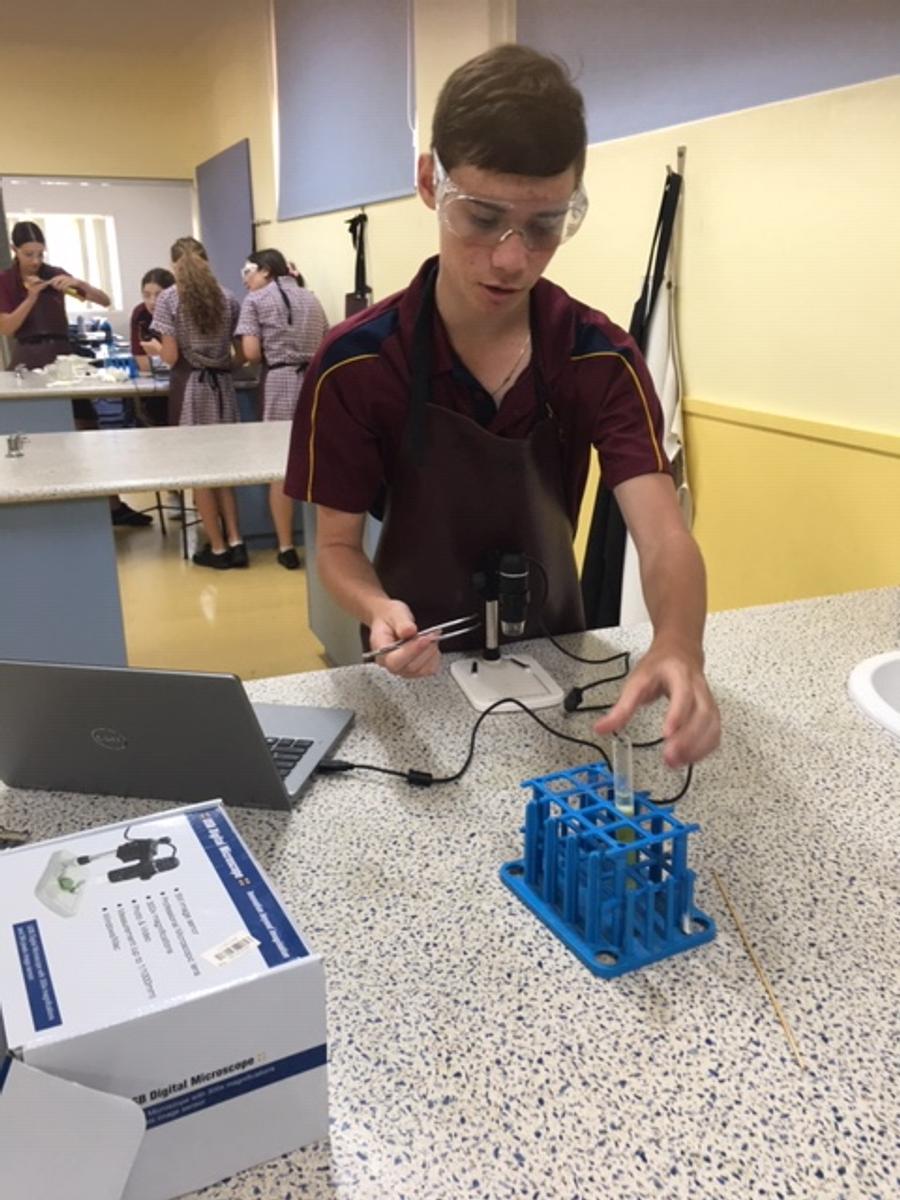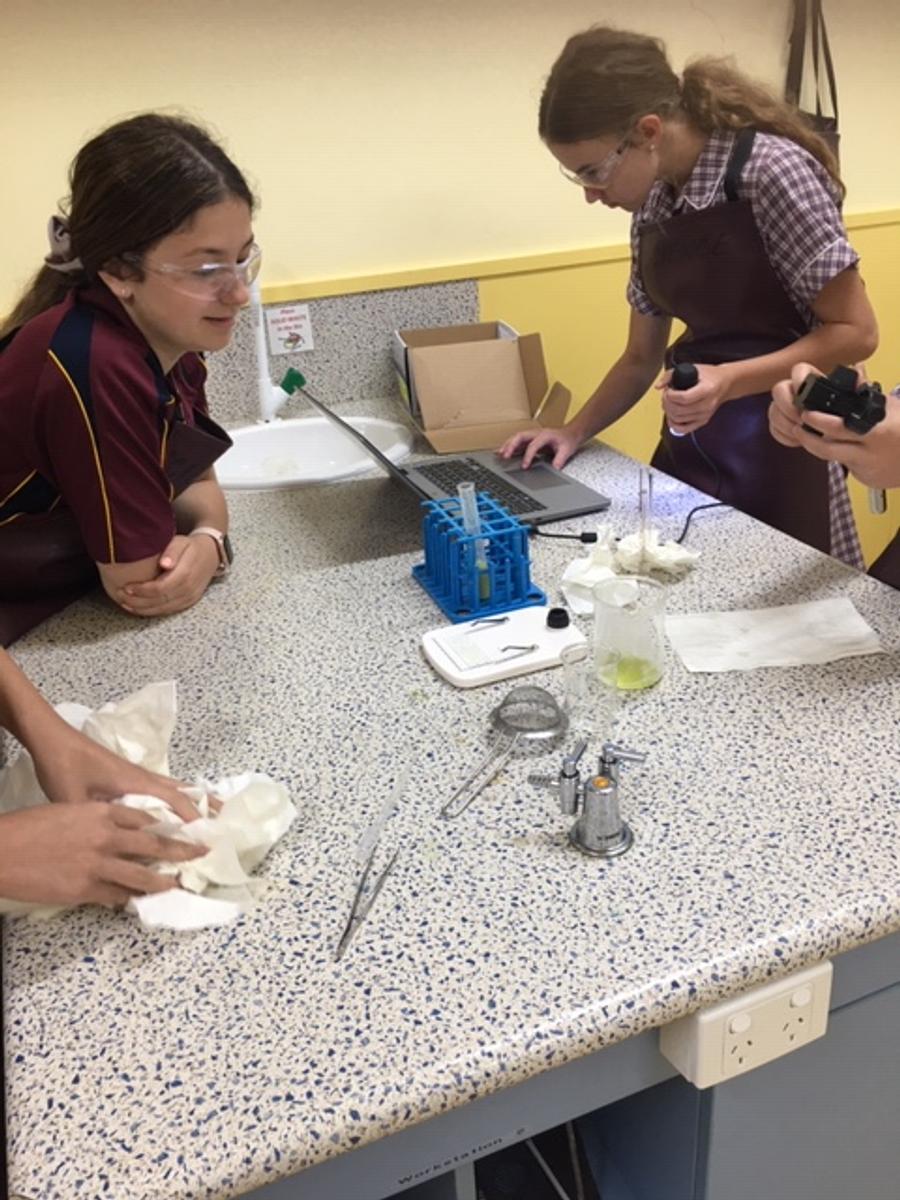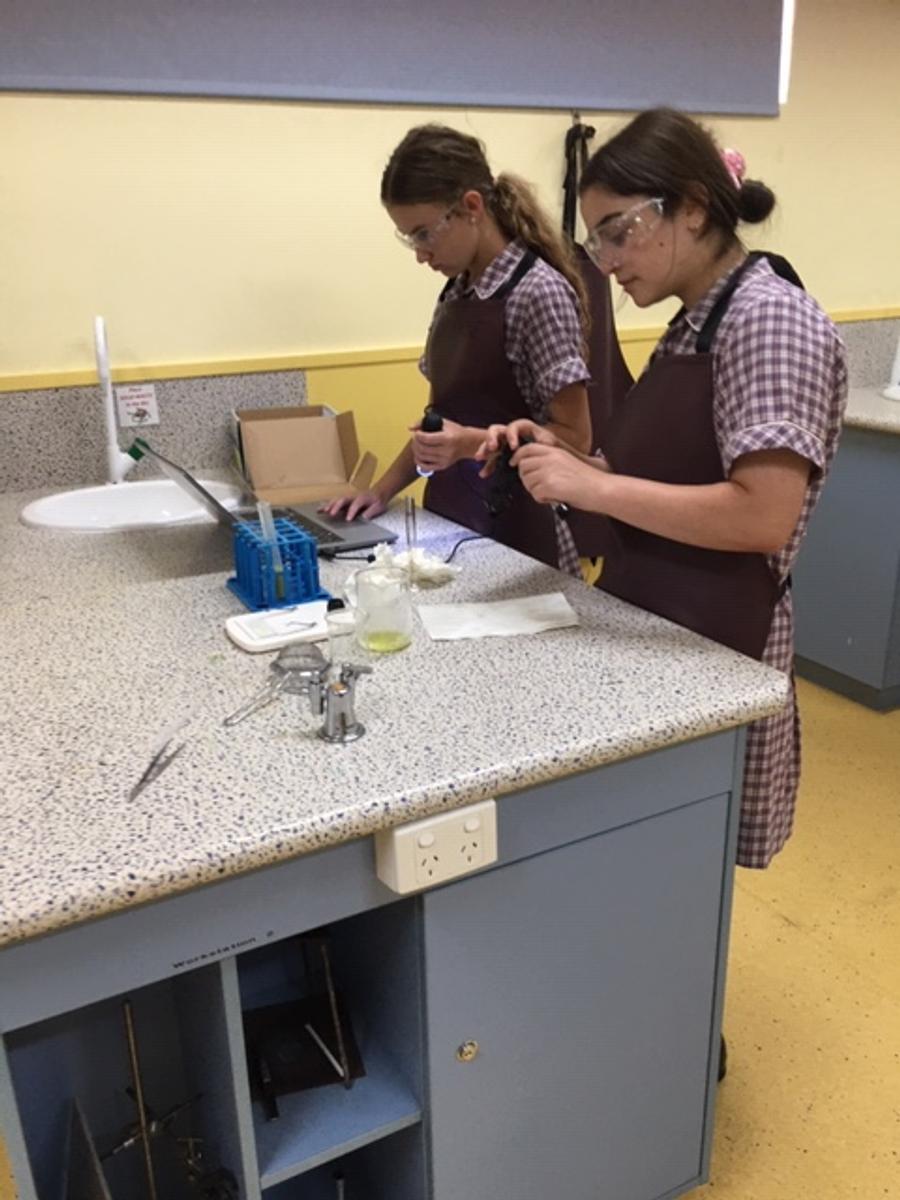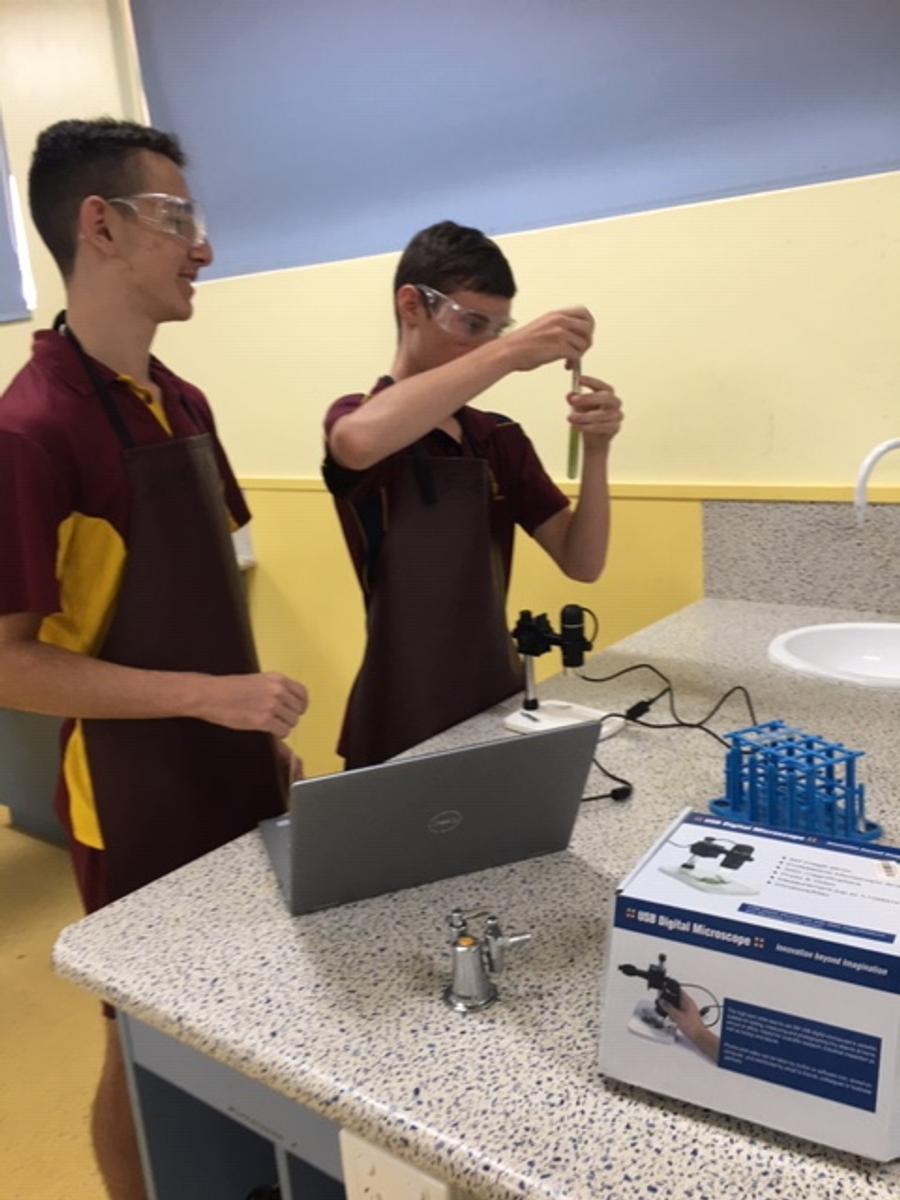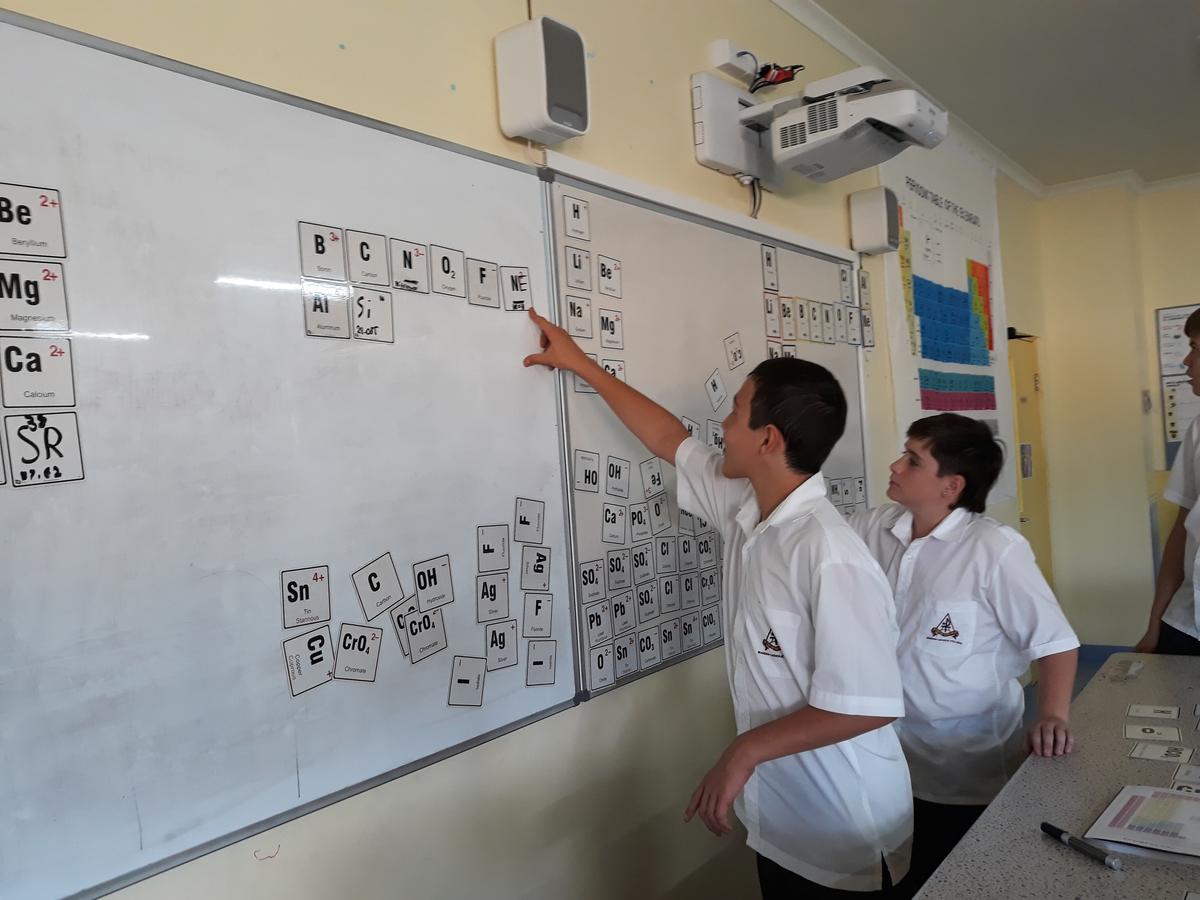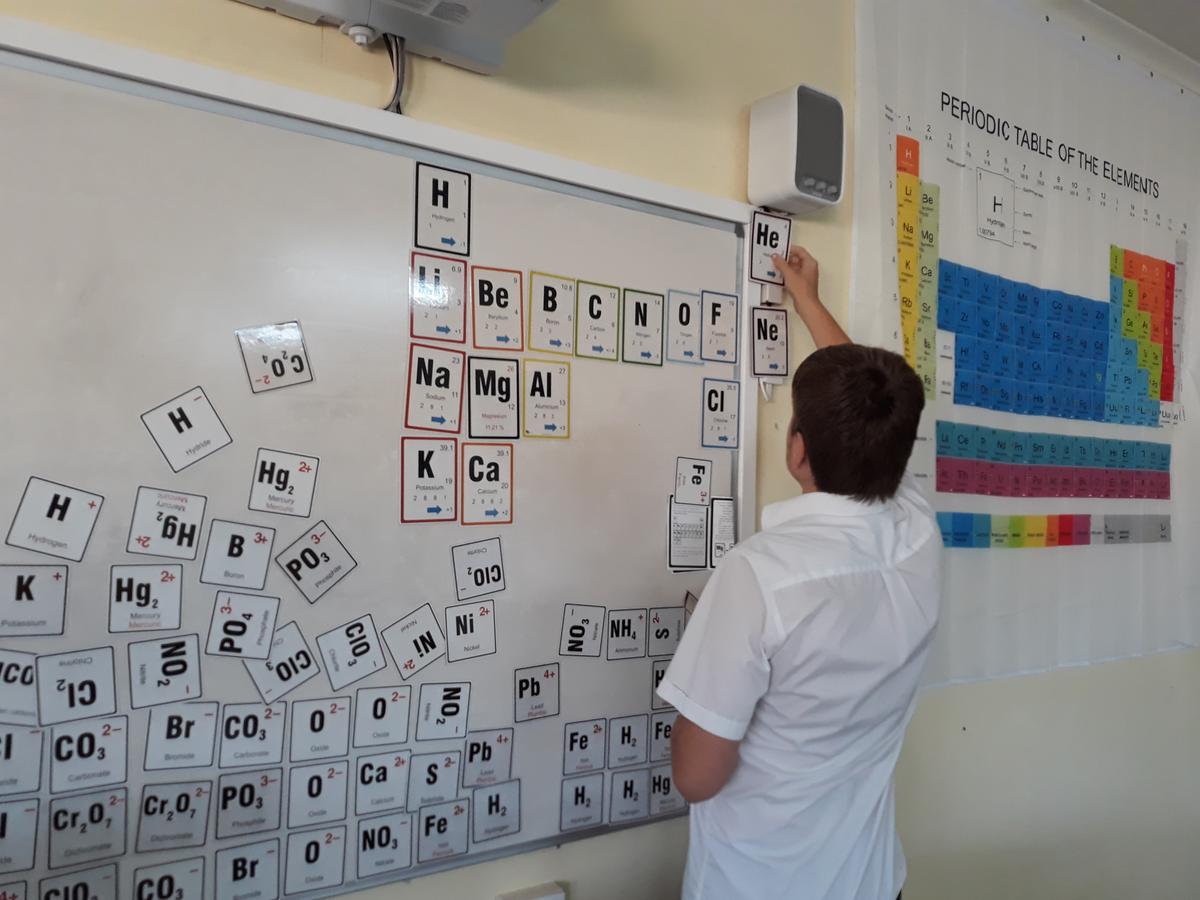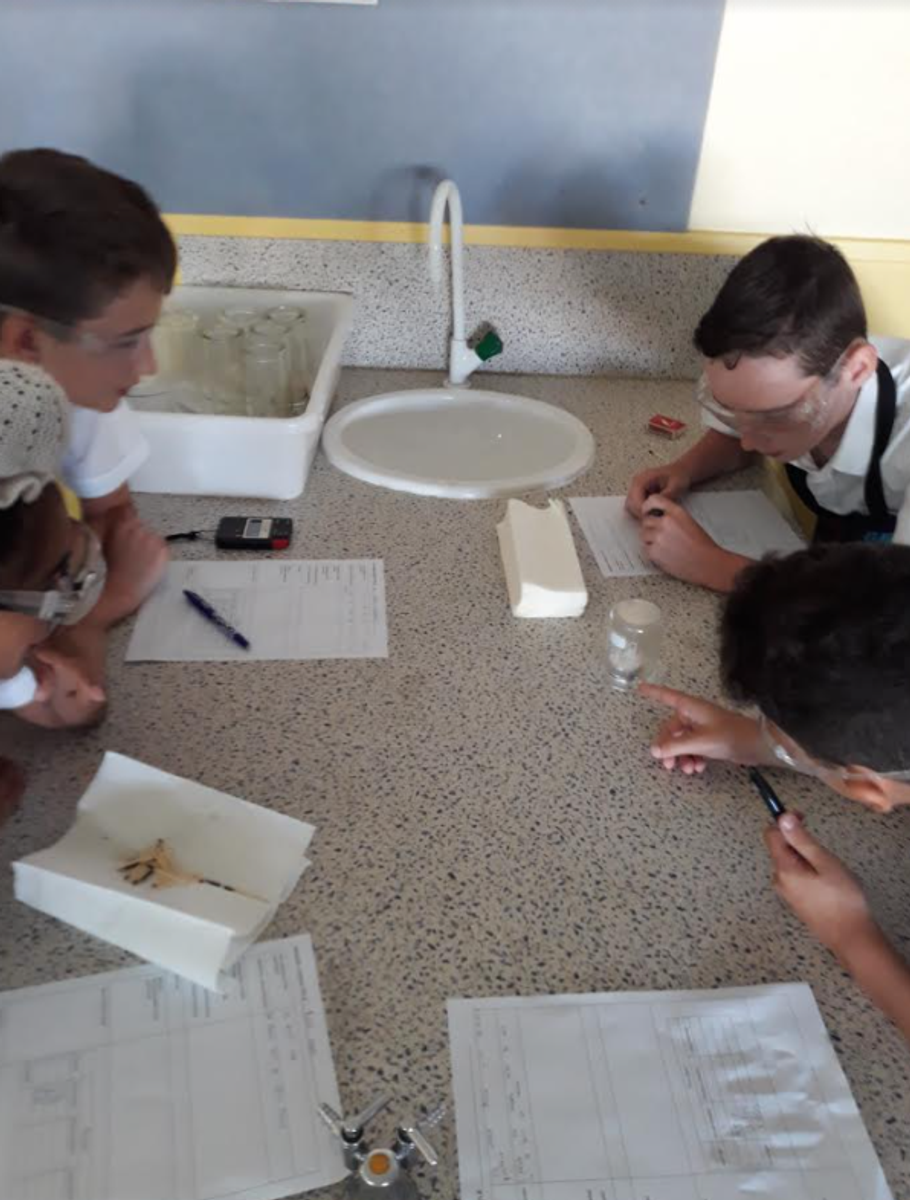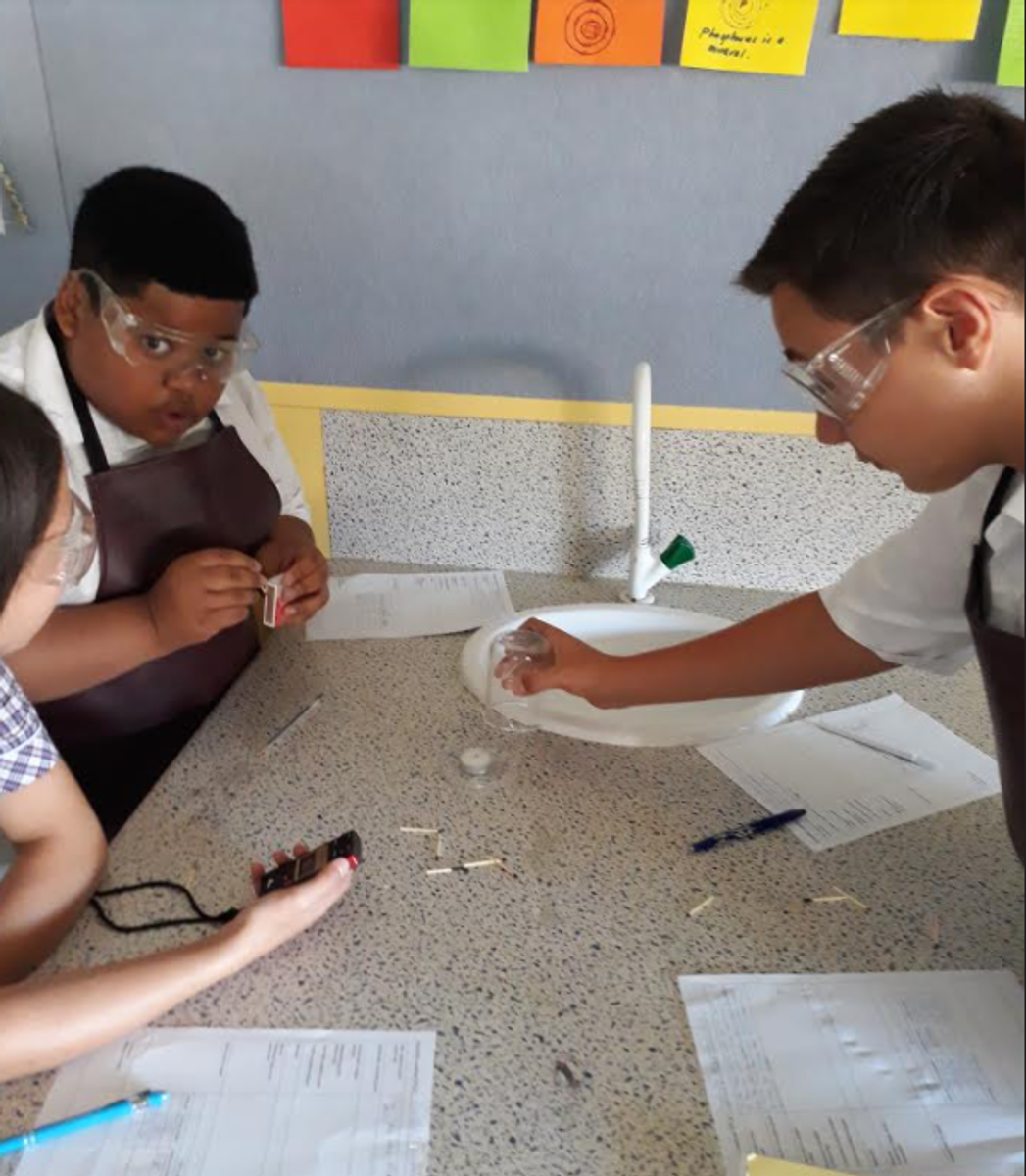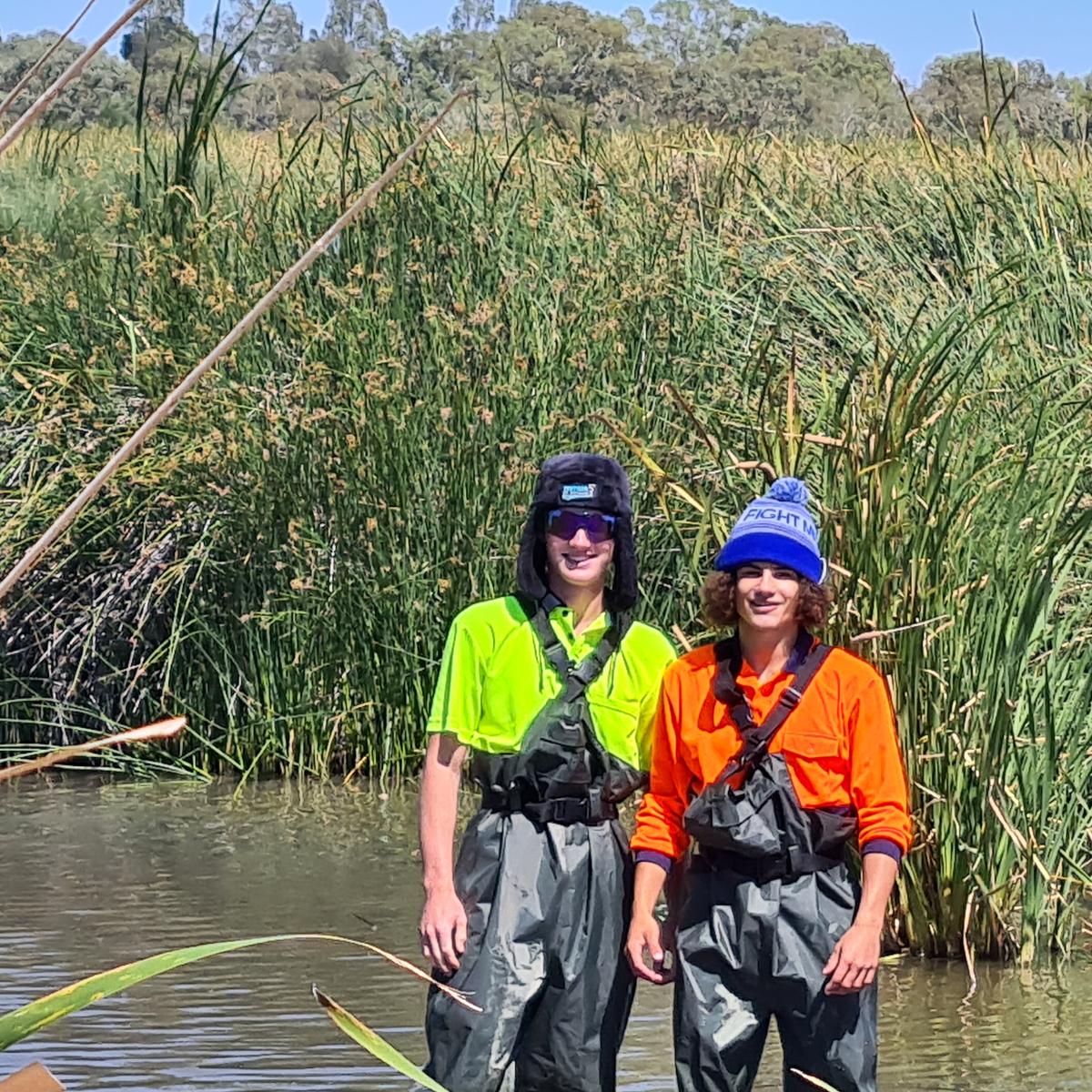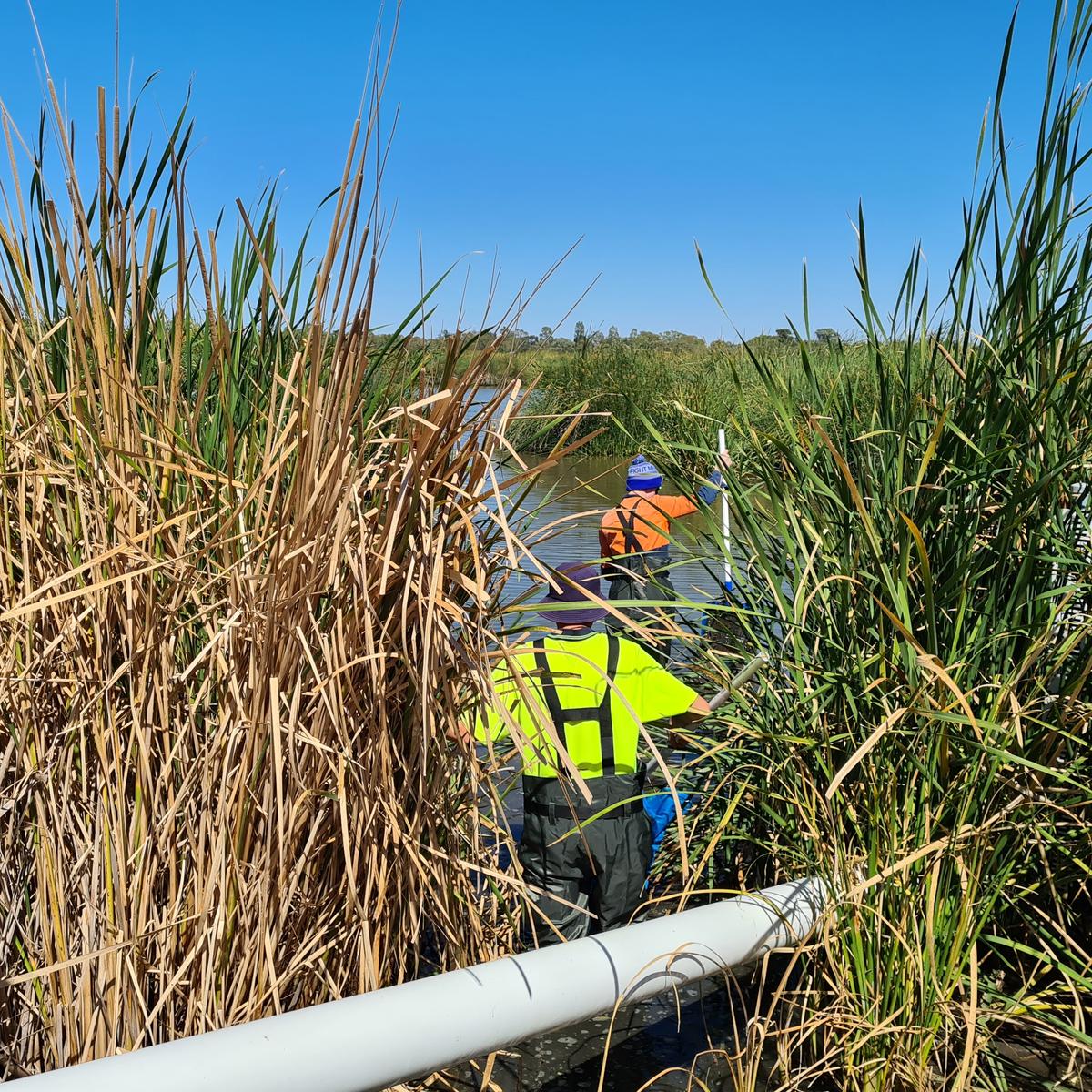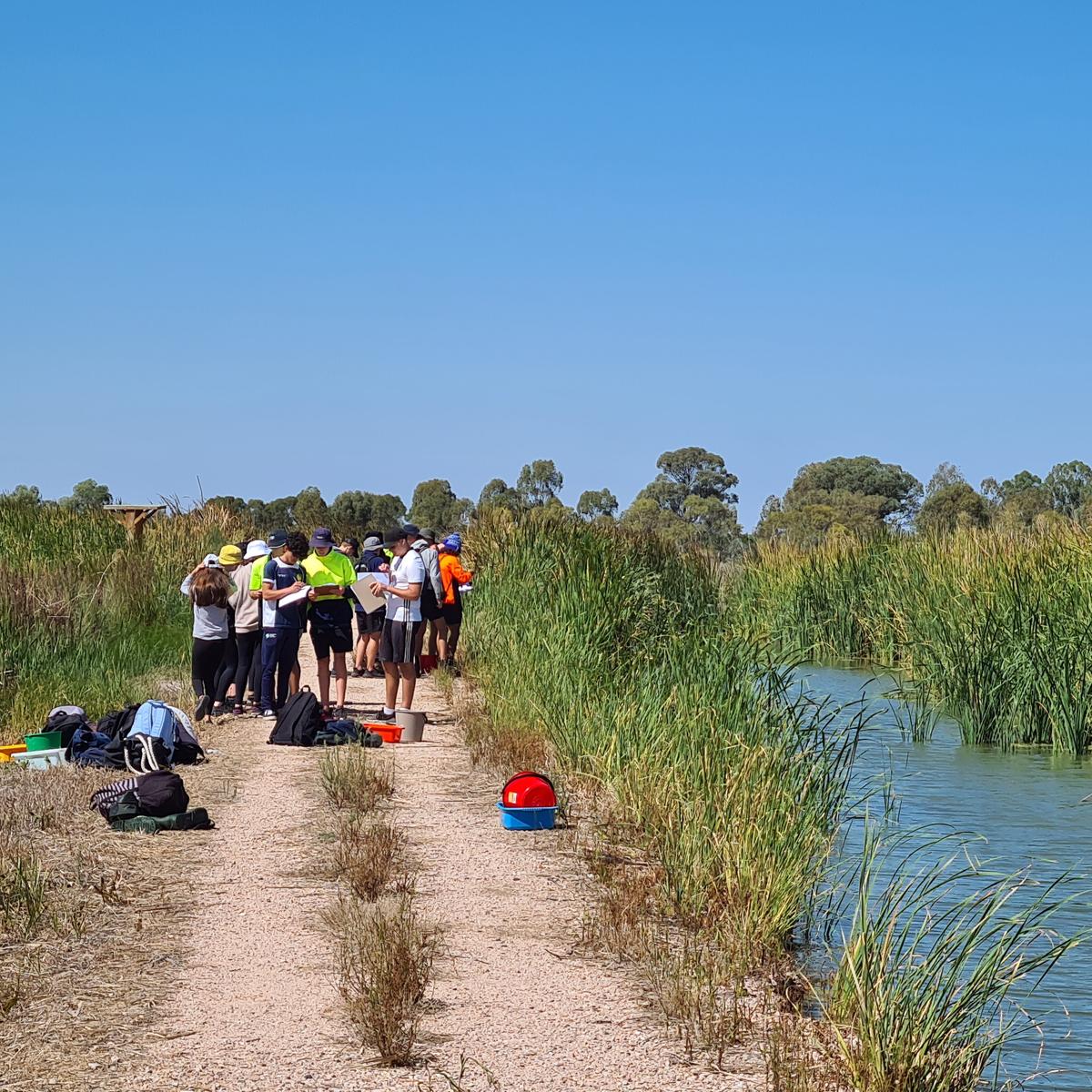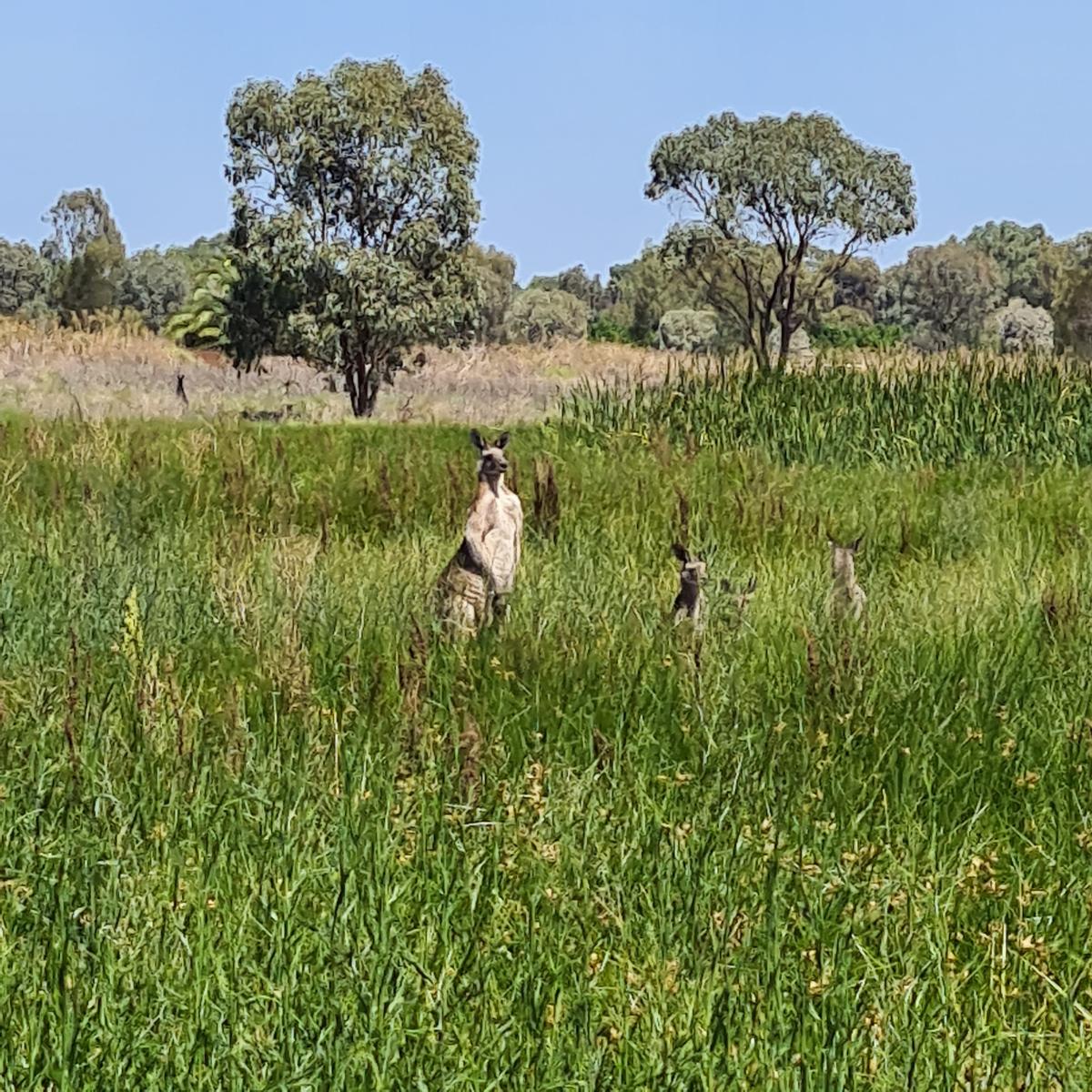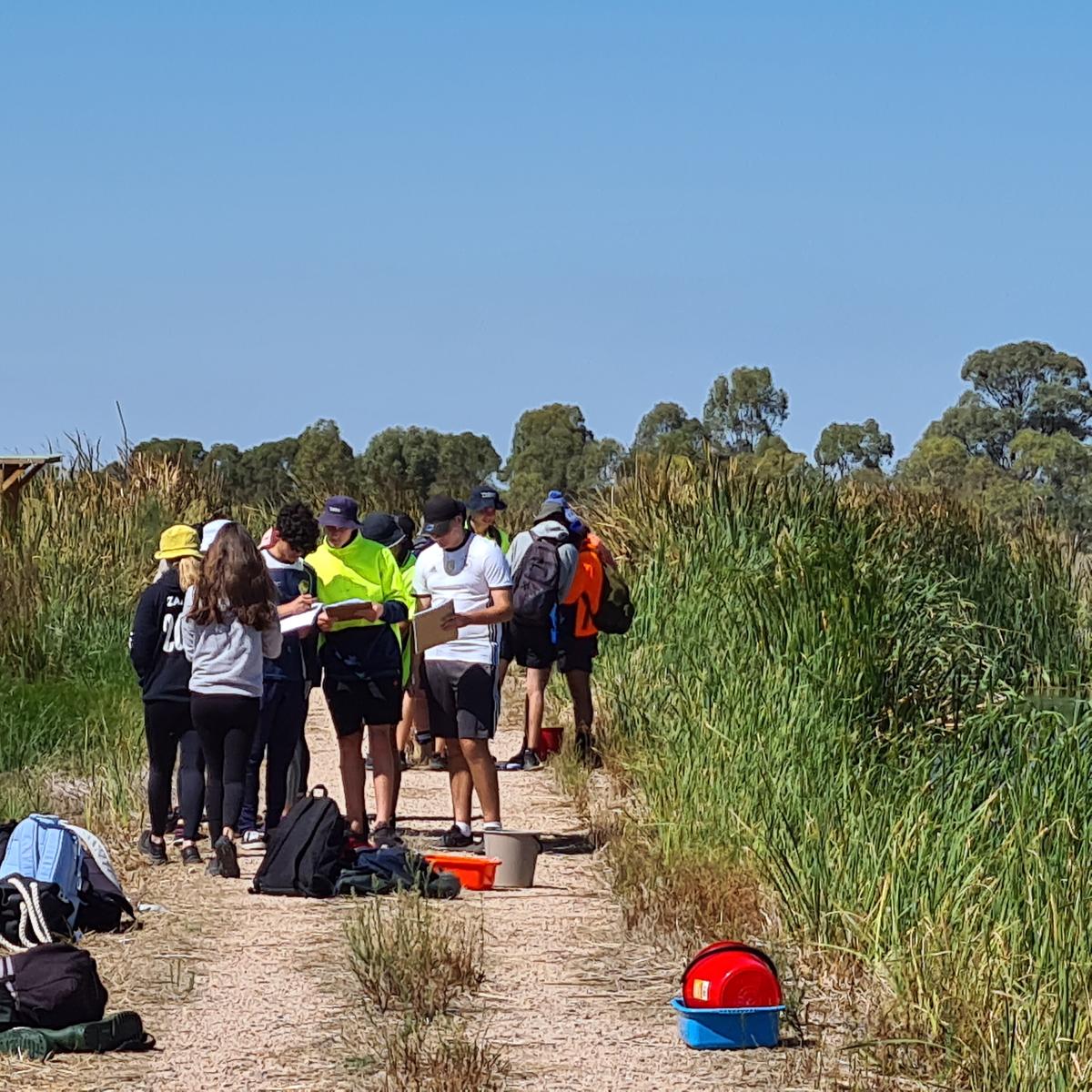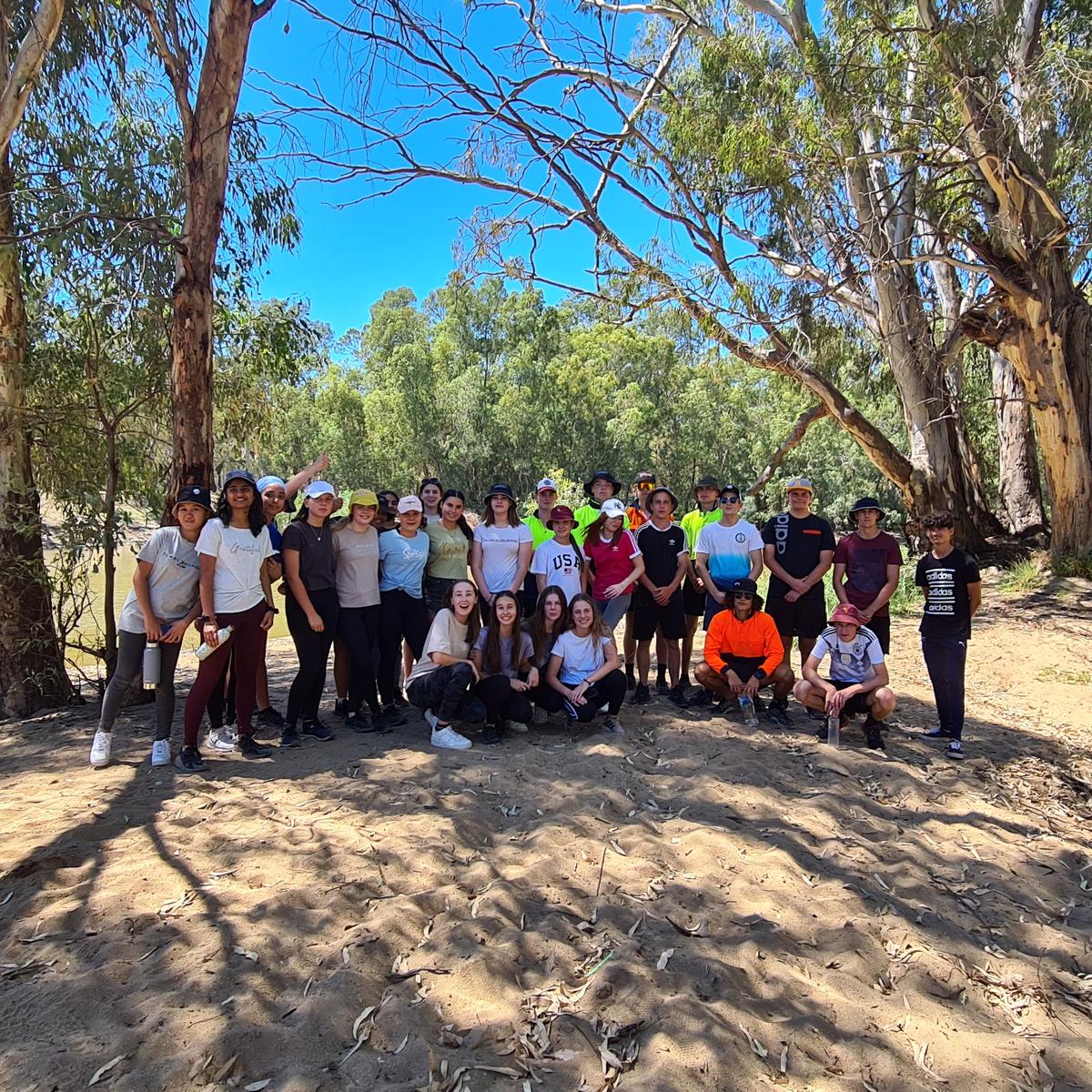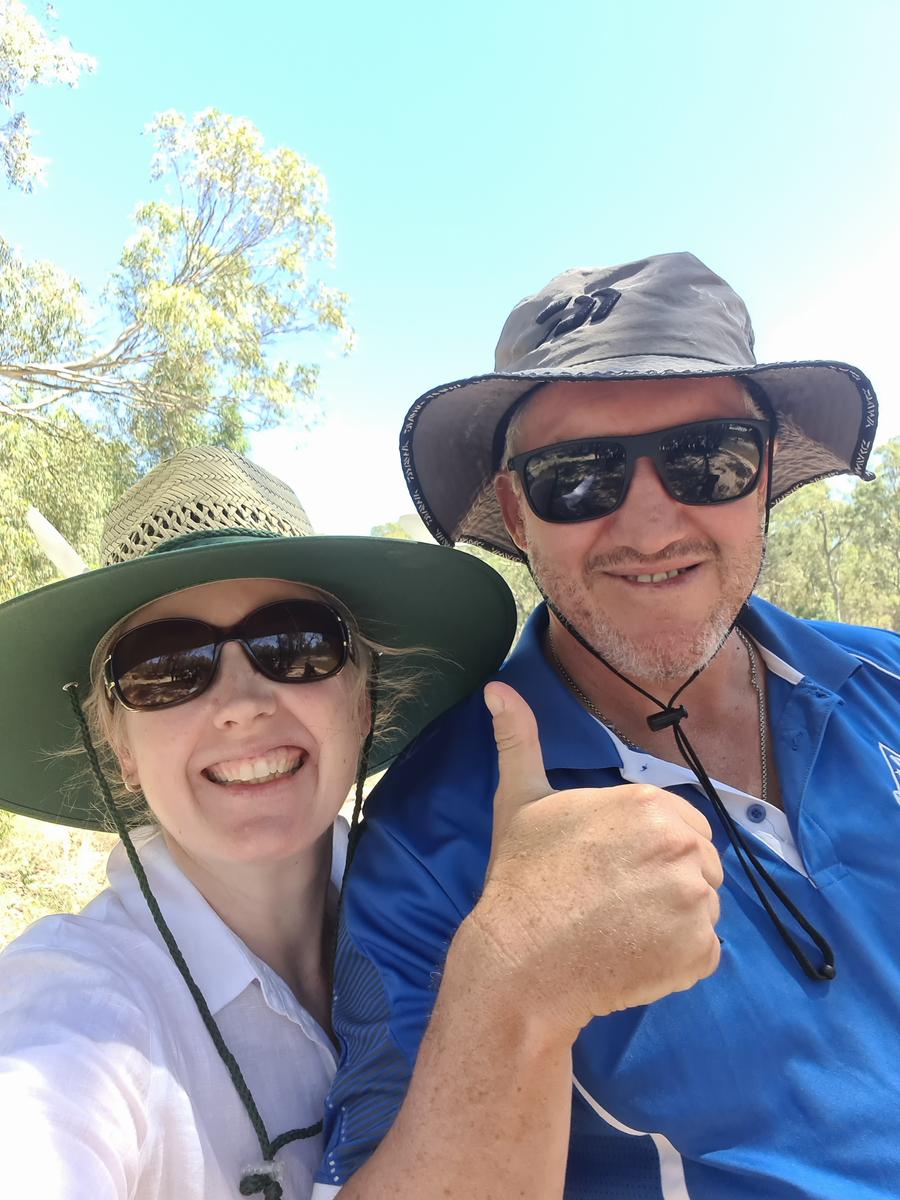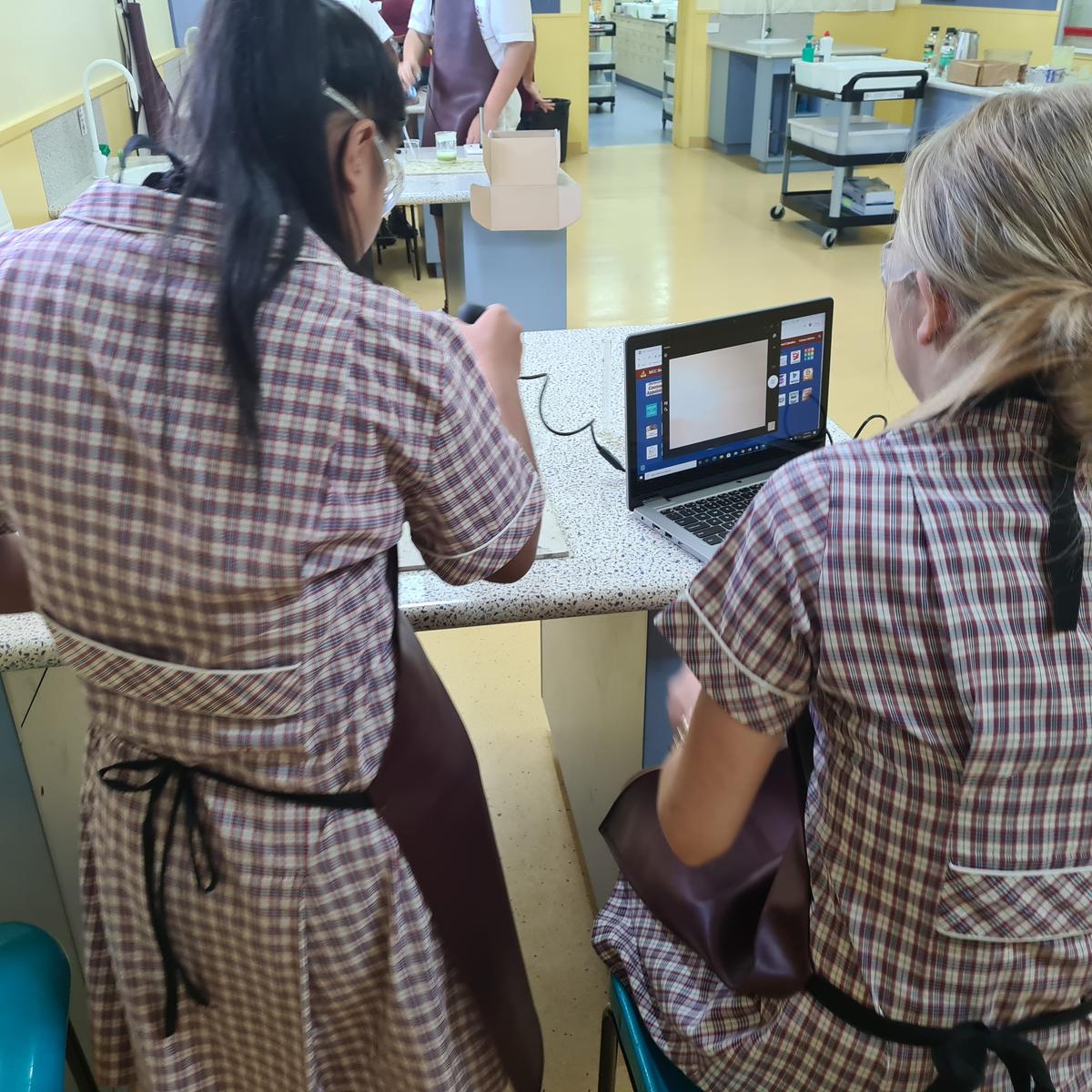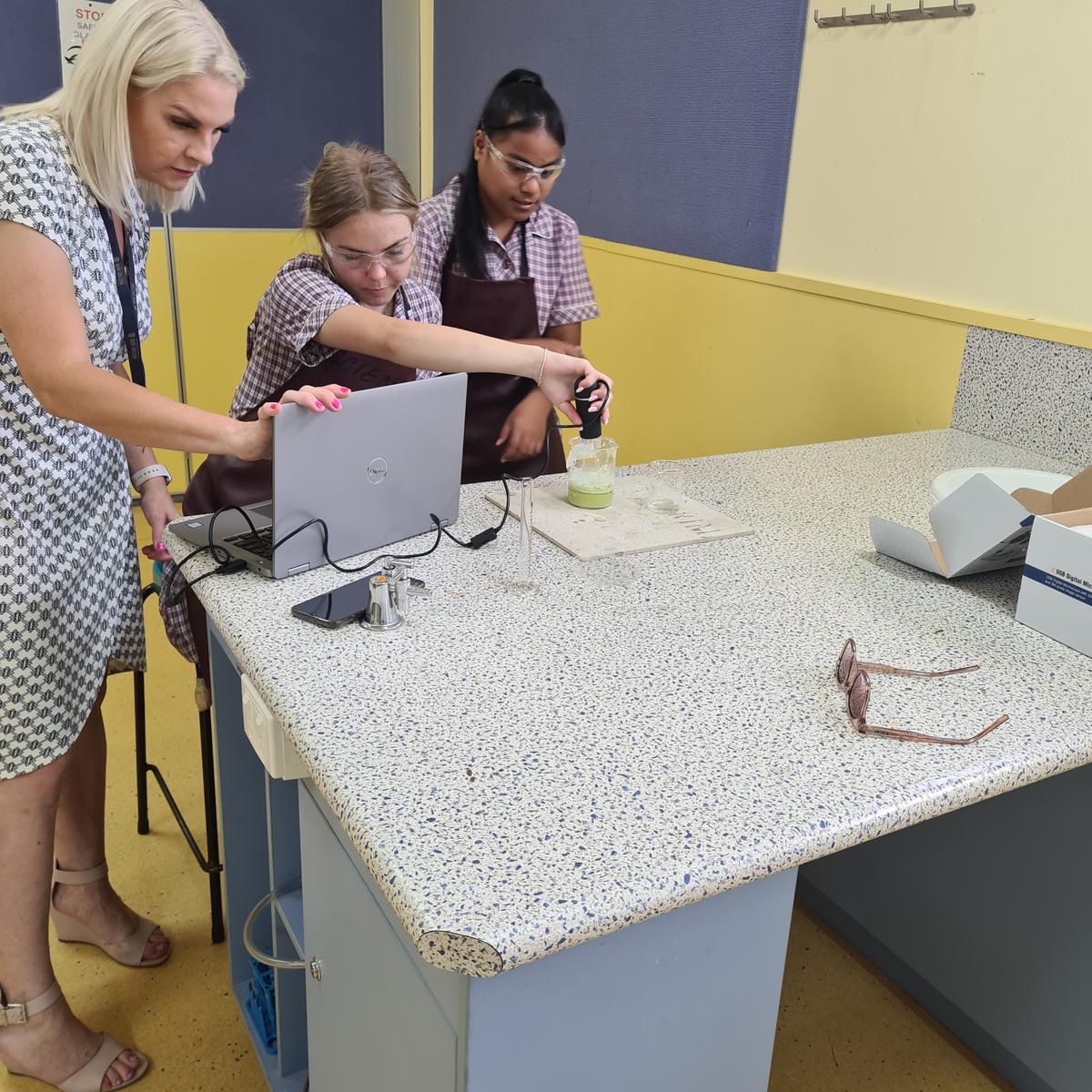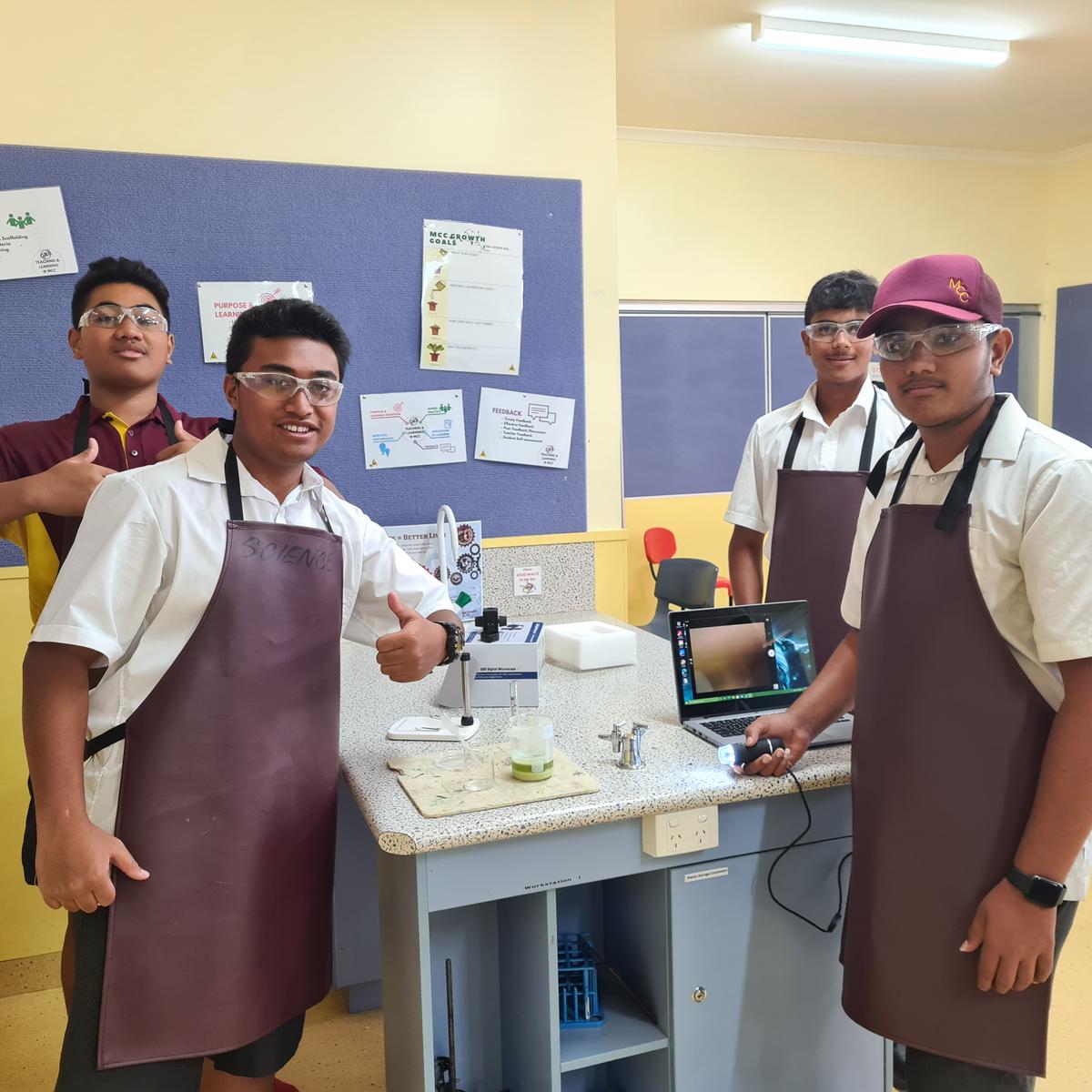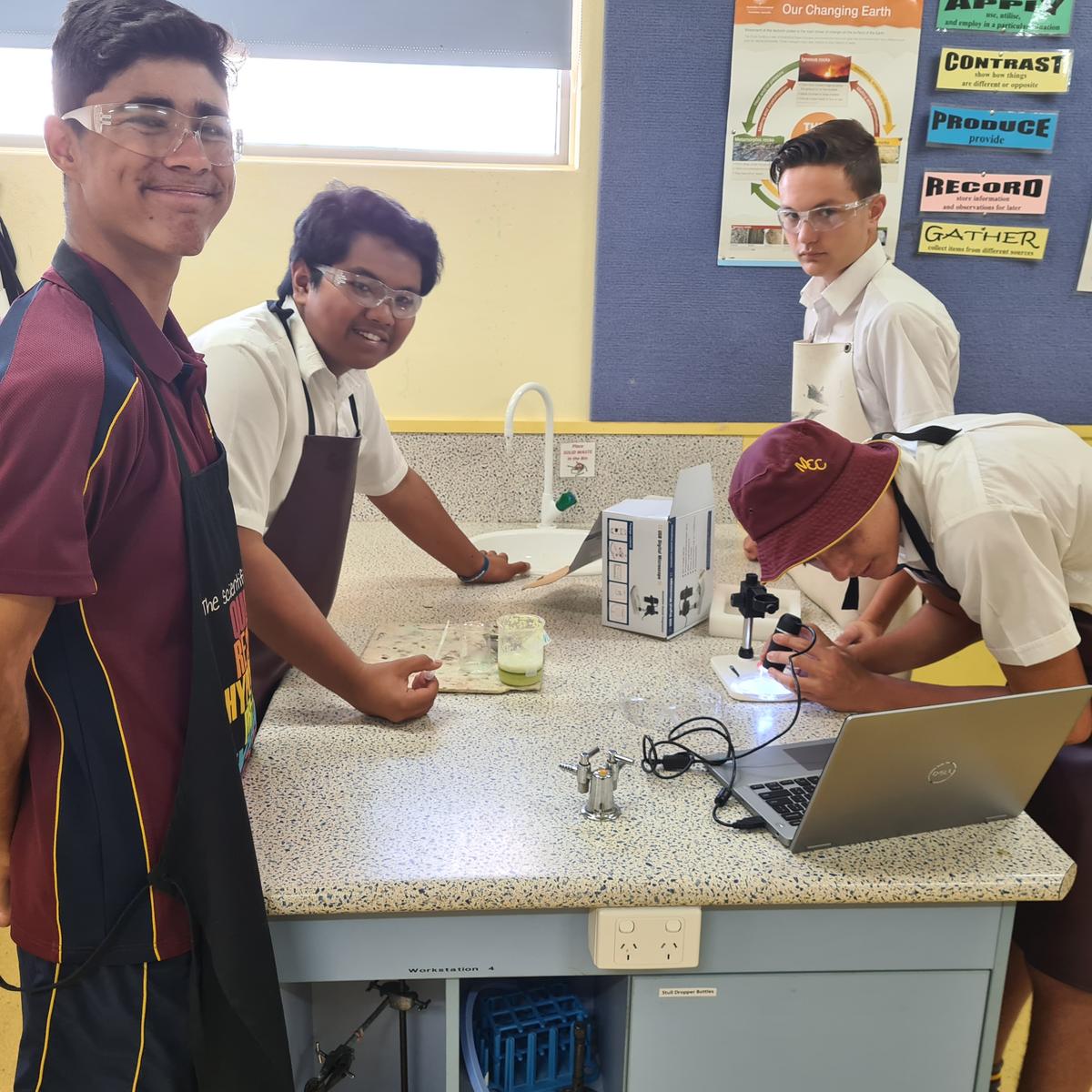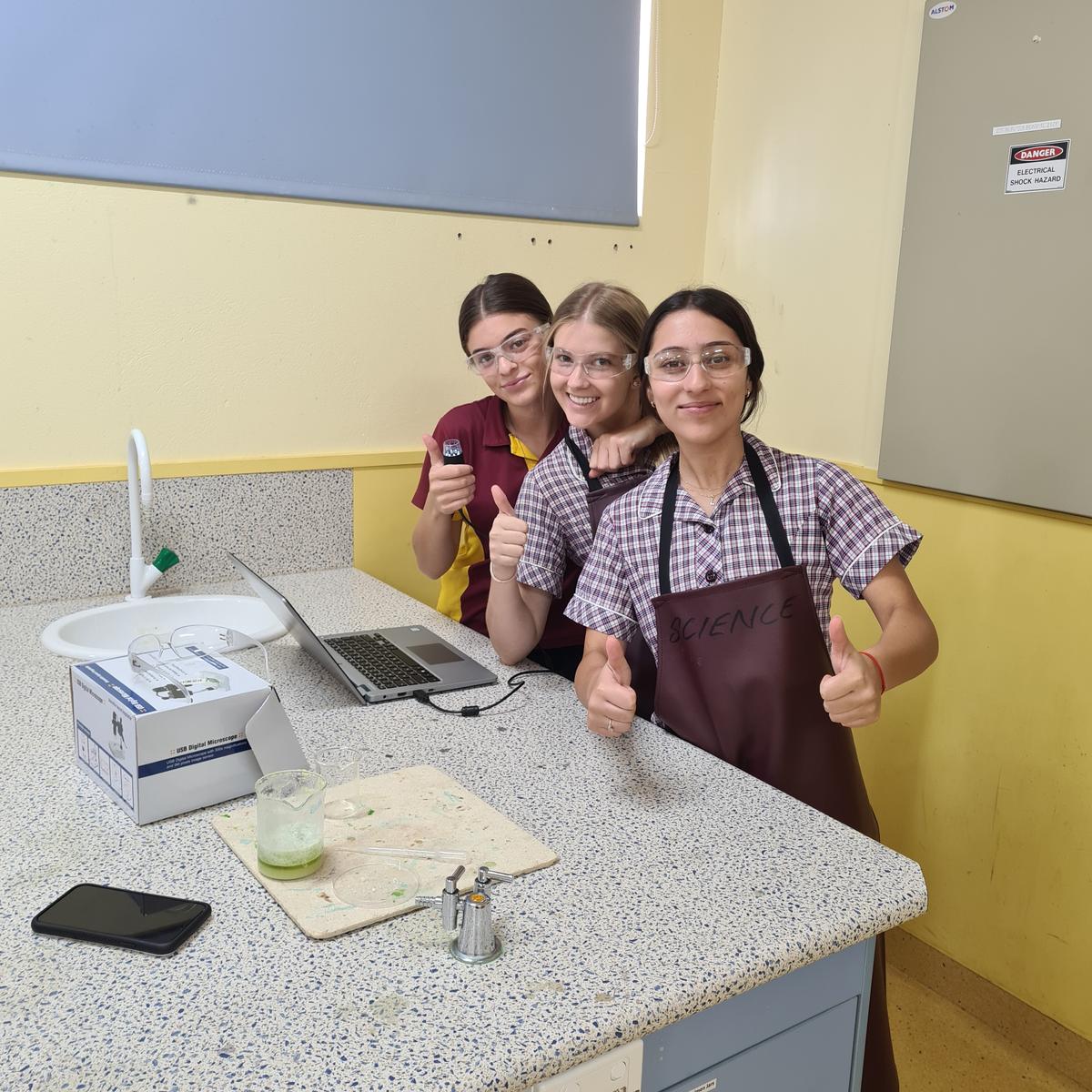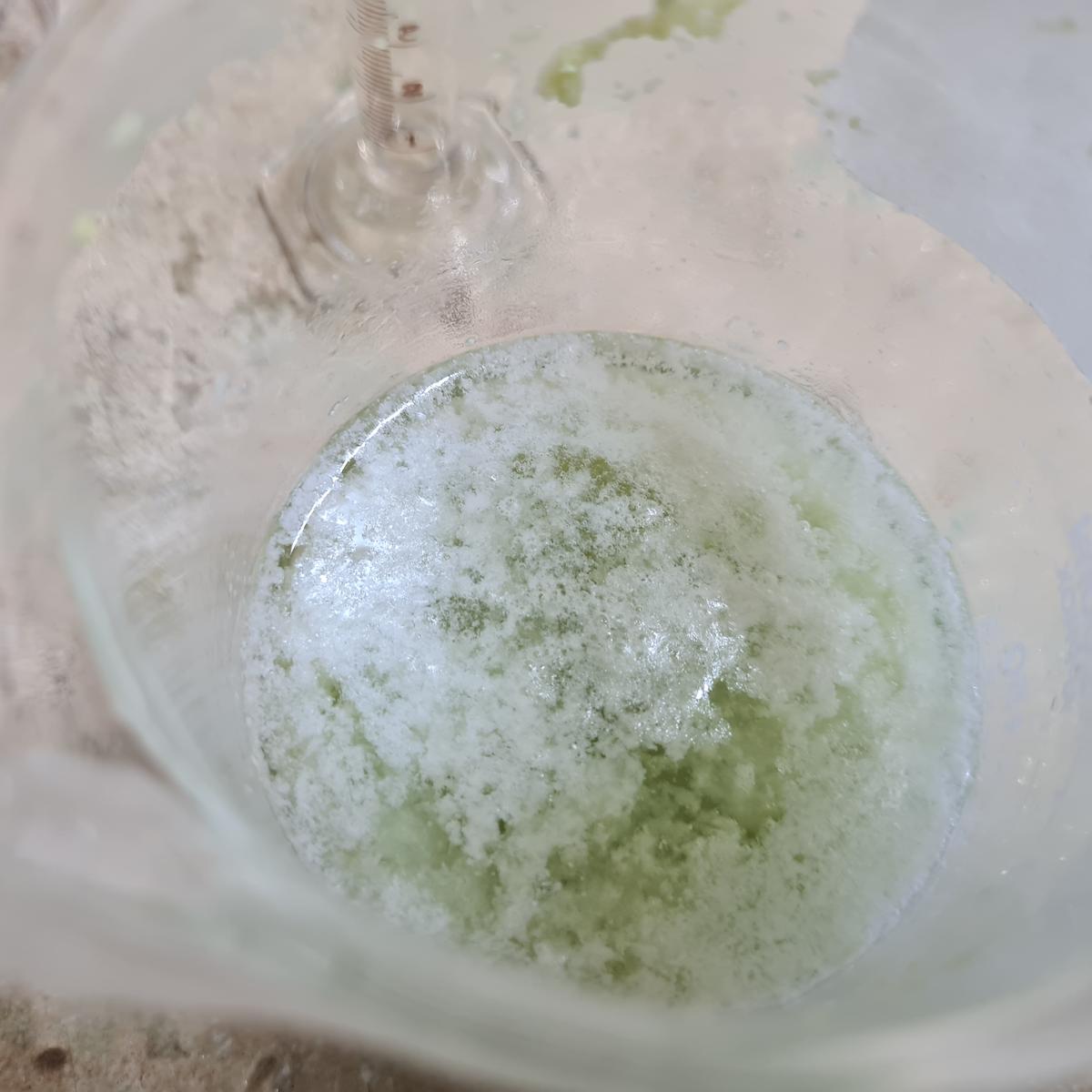Science News
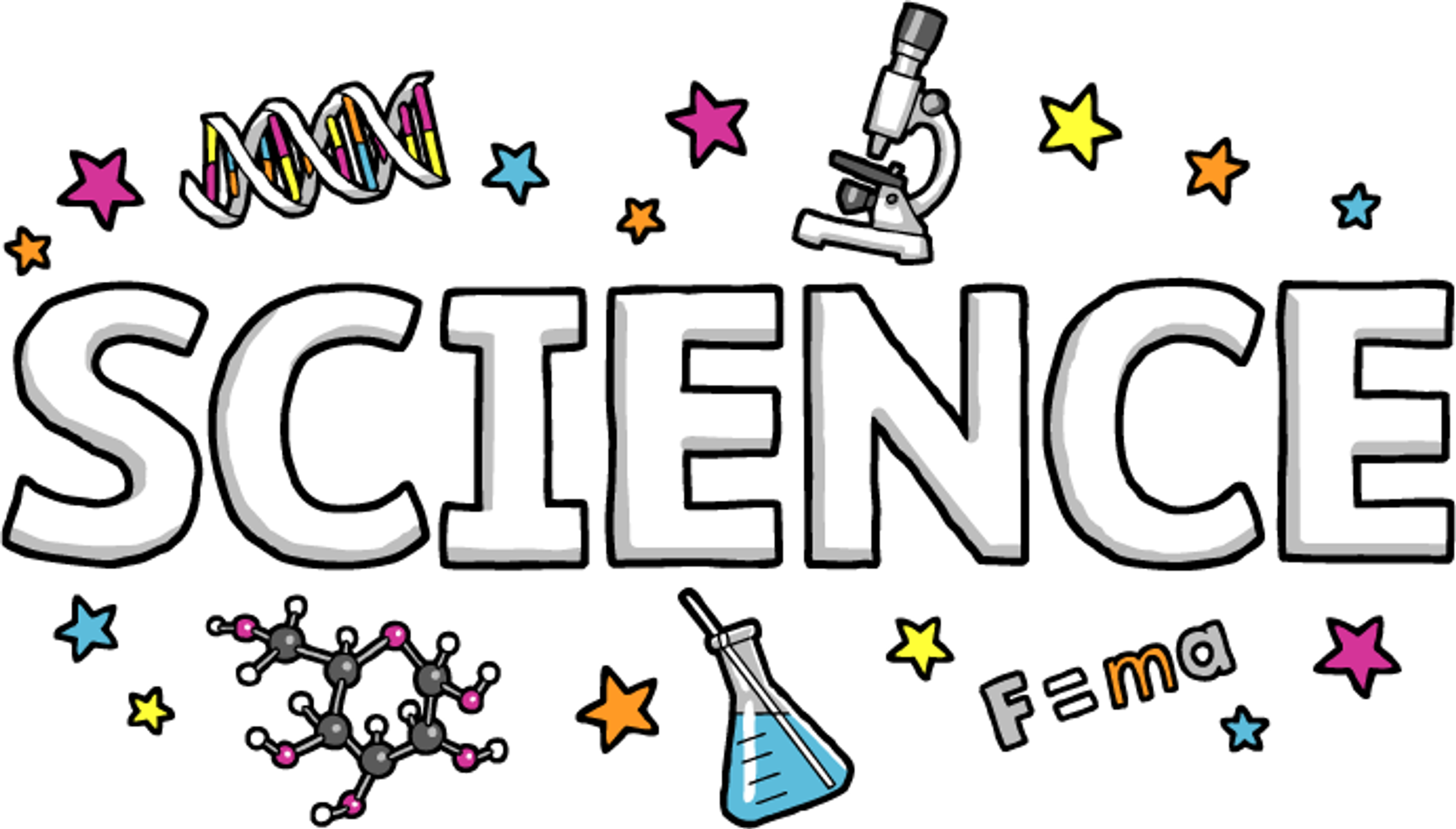
It has been another very busy week in the science department.
The Year 9 have been excited like some outer electrons when they did the flame tests and clearly understood what was explained to them about the ground state and the excited state of the electrons in an atom. They have been doing a great job of leaning the Chemistry needed at this level and are preparing so well for next year when they will study the reactions in chemistry.
As always, learning builds on learning so it is important to learn well when you are given the opportunity in class and around the campus.
The Year 8 are moving into their study of electricity after exploring concepts of energy, something that is all around us and so important to our way of life. One only has to look at the Texas situation where people were without power for 4 days and you can only image the hardship in snow and blizzards with no warms and no ability to cook some hot soup.
The Year 10 continue to explore Genetics. They will be researching and discussing the technologies that are now available to manipulate DNA and this requires a sensitive and socially responsible approach. They will be completing their first assignment on this topic.
Year 7 have been working on their laboratory and numeracy skills such as lighting the Bunsen burner safely and collecting data to graph. It is so important to be well organised and very focussed on their communication and presentation in science. All students are encouraged to register for an excellent educational website that has been developed by the Australian Government, called “Science By Doing”. It has some fantastic well developed activities for learning science.
Griffith has had some excellent, very comfortable weather and this has been very lucky for the Year 11 Biology class. Today, Mr Lawler and Ms Davis , with the students are off exploring the wetlands and the Red River Gum ecosystem. Ms Davis certainly had a bounce in her step this morning because science is not really in the classroom. Its outside amongst the natural wonders that we all enjoy, from a small delicate flower to a raging storm. Its amazing! I am sure we will all about it next newsletter.
Students in year 7 to 10 have Education Perfect, the online learning program that delivers the curriculum in science and other subjects and supports in-class learning. Students can access the activities at home.
I will leave you this week with this quote:
Focused, hard work is the real key to success.
Keep your eyes on the goal, and just keep
taking the next step towards completing it.
If you aren't sure which way to do something,
do it both ways and see which works better.
John Carmack
Best wishes
Esther Dumbleton
Science Leader of Learning
Year 9 Science
Year 9 science are currently studying chemistry and developing their understanding of the atoms and the principal particles, and their characteristics that make an atom. Students learn about ions and the way they behave on their own or when combined with other ions. They will understand the interaction between atoms and how they make the substances that we use. To understand the behaviour of substances, students take a detailed look inside the atom
The science of candles
Year 7 science students are learning how to plan an experiment in the Investigating Unit. Students learned about the fire triangle and applied their knowledge by designing an experiment to measure the time it takes for a candle to go out under different sized beakers.
When you light a candle, the heat of the flame melts the wax near the wick. This liquid wax is then drawn up the wick by capillary action. The liquid wax is drawn up into the flame, where they react with oxygen from the air to create heat, light, water vapor (H2O) and carbon dioxide (CO2). Candles in closed containers do not go out because they use up all the oxygen. Rather, the hot carbon dioxide (and to a lesser extent water vapor) given off in combustion accumulates at the top, pushing down other gases (most importantly, oxygen), and eventually stifles the flame.
Tsunami Warning
A tsunami warning for New Zealand and Australia’s Lord Howe Island, sparked by a 7.7 magnitude undersea earthquake near New Caledonia, has been cancelled.
The earthquake caused small tsunami waves to hit Norfolk Island and briefly prompted marine warnings for Lord Howe Island, 700km off the coast of New South Wales.
The earthquake occurred off the coast of New Caledonia, sending ripples throughout the Tasman sea. Warnings were quickly issued by the Joint Australian Tsunami Warning Centre for Lord Howe Island, urging residents to stay clear of the beaches. (The Guardian 2021)
If you would like to monitor earthquakes from around the world, click on the link and type AUGRF to access the schools seismometer
https://www.iris.edu/app/station_monitor/#2021-02-10T04:49:21/S1-AUGRF/webicorder/
Ms De Paoli
Year 11 Biology
On Monday 22nd and Tuesday 23rd, the students studying Biology completed Field Work as part of their Depth Study. They travelled to the Murrumbidgee River at Darlington Point and Fivebough Wetland in Leeton. Students tested biotic and abiotic factors in ecosystems and sampled aquatic invertebrates.
Year 10 Science
On Thursday 18th February, Ms Davis' Year 10 Science class extracted DNA from peas as part of their Genetics topic.
Ms Davis
Science Teacher
